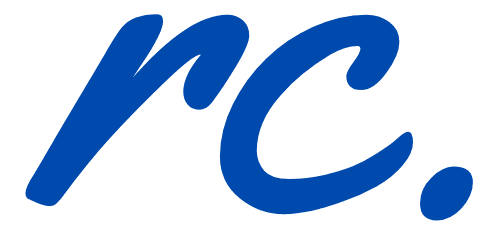You may not know it, but the foreign exchange (aka forex) market is the largest, most liquid market in the world. That's right, and it's not the stock market, nor is it the previously fabled crypto …
Continue Reading about How to Make Money from the Forex Market: Essential Tips →






